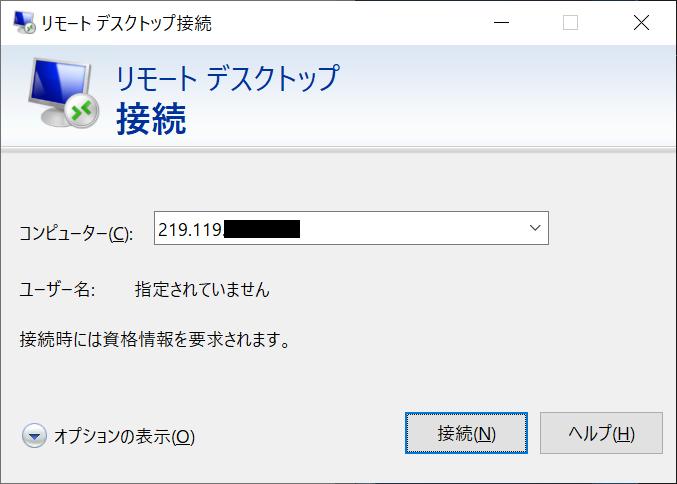The movement to introduce cloud services is accelerating in various places. SaaS is particularly prominent, and a survey released by Gartner Japan in June last year showed that the number of companies using SaaS has reached about 40% of domestic companies (*). In the past year alone, the number of companies introducing SaaS has increased by 8 points compared to the 2020 survey. From Korona-ka, it is presumed that many companies decided to introduce it in anticipation of the strength of the cloud, which is that "business can be digitized immediately without development" . (*) Gartner Japan "Survey Results on Cloud Computing of Japanese Companies"
However, cloud services have pitfalls that were not found in on-premises environments. Due to the nature of connecting to the system via the Internet, network-related problems such as "slow" and "not connected" tend to occur when the cloud is introduced without strengthening the line or communication equipment. In order not to fail in the introduction of the cloud, it is necessary not only to introduce the service but also to prepare the network infrastructure .
At the link below, you can see the guidebook "Choosing Infrastructure to Avoid Failure in Cloud Deployment" compiled by Sony Biznets as a document useful for infrastructure development just mentioned. In this article, I will briefly introduce the contents.

Materials provided by Sony Biznet Network Selection of infrastructure to prevent failure in cloud introduction >> Click here to download materials
Two bottlenecks that lead to failure in cloud adoption
Why do network-related problems such as "slow" and "not connected" occur? In the guidebook, Sony Biznets cites two factors: "change in traffic route" and "increase in traffic volume and number of simultaneous connections".
Please refer to the guidebook for individual details, but the company mentions that in order to solve these two factors, companies need to develop "lines" and "routers" in the communication path to the outside of the LAN. .. We recommend that you pay attention to the points described below.
| Points for selecting a line | |
|---|---|
| 1. Broadband | Is there enough bandwidth to withstand the increase in traffic and simultaneous connections? |
| 2. Stability | Do you have the stability to support your core business and services? |
| 3. Low cost | Can you achieve the "cost reduction" that is the merit of introducing the cloud? |
| 4. Support system | Is it possible to unify the windows? Is there a support system 24 hours a day, 365 days a year? |
| Key points for choosing communication equipment | |
|---|---|
| 1. Security | Can you respond to new threats such as external attacks and new malware? |
| 2. Processing capacity | Can it be processed without degrading security even if traffic and the number of simultaneous connections increase? |
| 3. Low cost | Can equipment upgrades be achieved easily and at low cost? |
| 4. Support system | Is it possible to unify the contact point with the Internet line? Is there a support system 24 hours a day, 365 days a year? |
In addition to explaining each point and the above-mentioned "two factors" in detail in the guidebook , we also introduce "NURO Biz", an ICT solution service for corporations that covers the points that should be suppressed for both lines and routers. are doing. It will surely be useful in advancing the introduction of the cloud. Please download it and take a look.
[PR] Provided by: Sony Biznets

![EVsmart blog Toyota's electric car "bZ4X" that makes you feel comfortable with electric cars and quick chargers / No% display of battery level [Editorial department] Popular articles Recent posts Category](https://website-google-hk.oss-cn-hongkong.aliyuncs.com/drawing/article_results_9/2022/3/9/752542064665dc2bd7addbc87a655694_0.jpeg)
![Lenovo's 8.8 inch one-handed tab "Legion Y700" full specs released! [Is the price in the 40,000 yen range?]](https://website-google-hk.oss-cn-hongkong.aliyuncs.com/drawing/article_results_9/2022/3/9/207e1be231154e91f34c85b4b1d2126c_0.jpeg)

